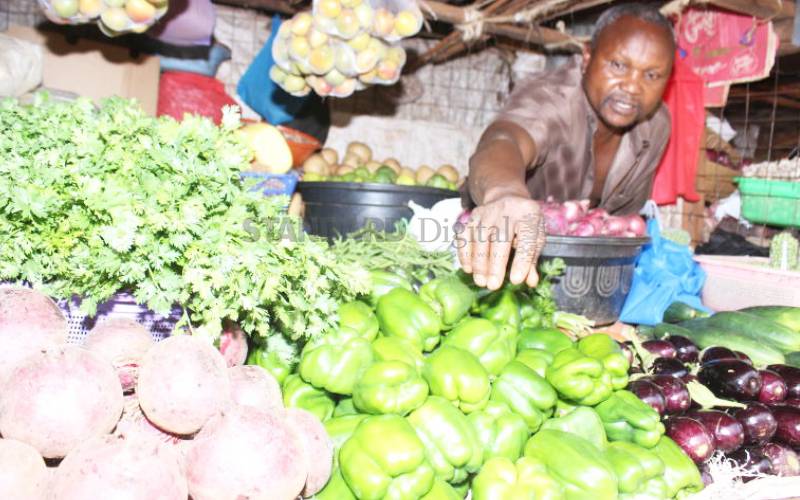×
The Standard e-Paper
Join Thousands of Readers

Anthony Nchore displays his fresh produce at Kisii Municipal market on 30/11/2018. [Sammy Omingo]
A decrease in the price of basic food commodities and electricity saw inflation figures drop to a 17-month low, easing budgets for millions of Kenyan households.